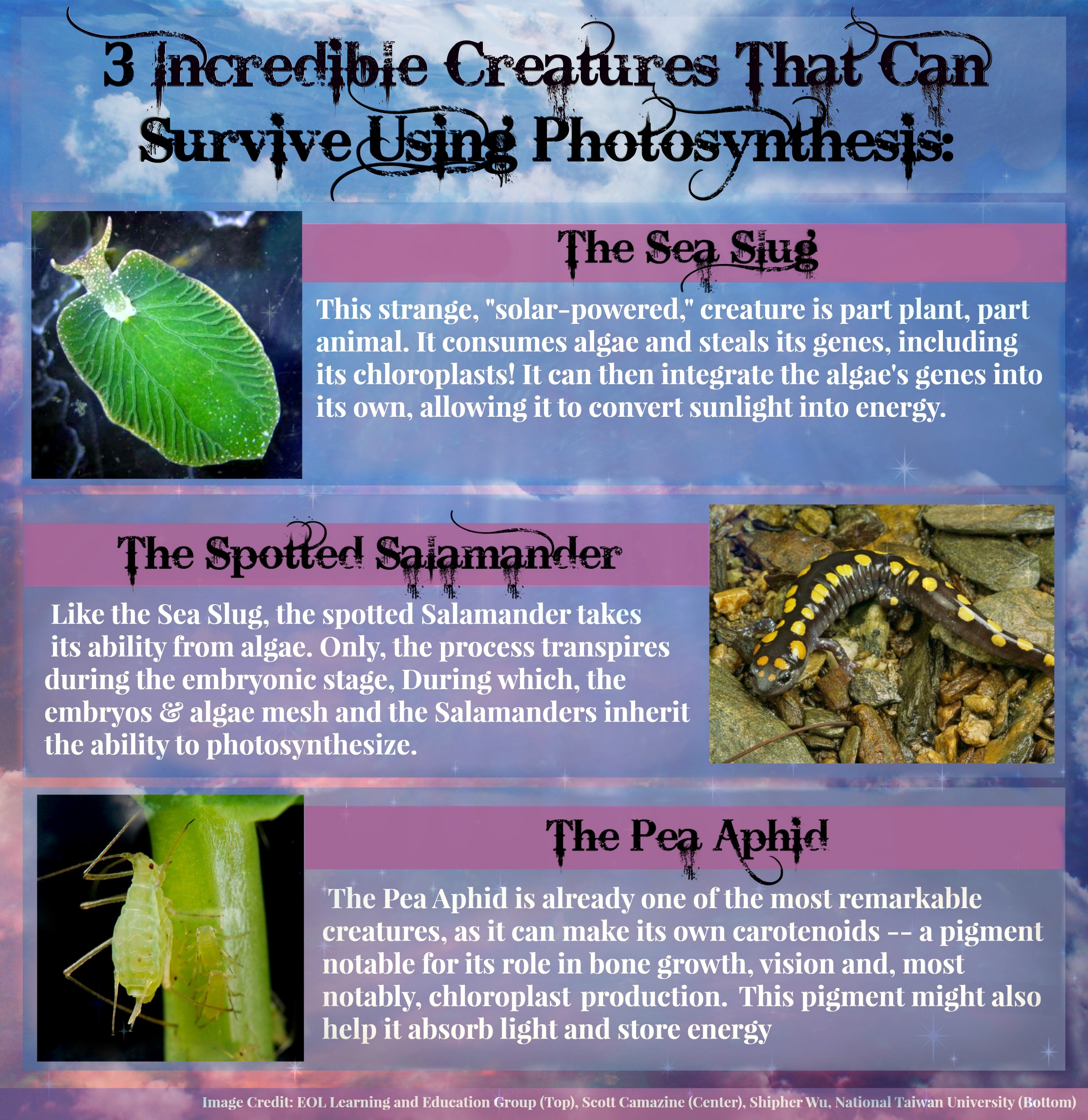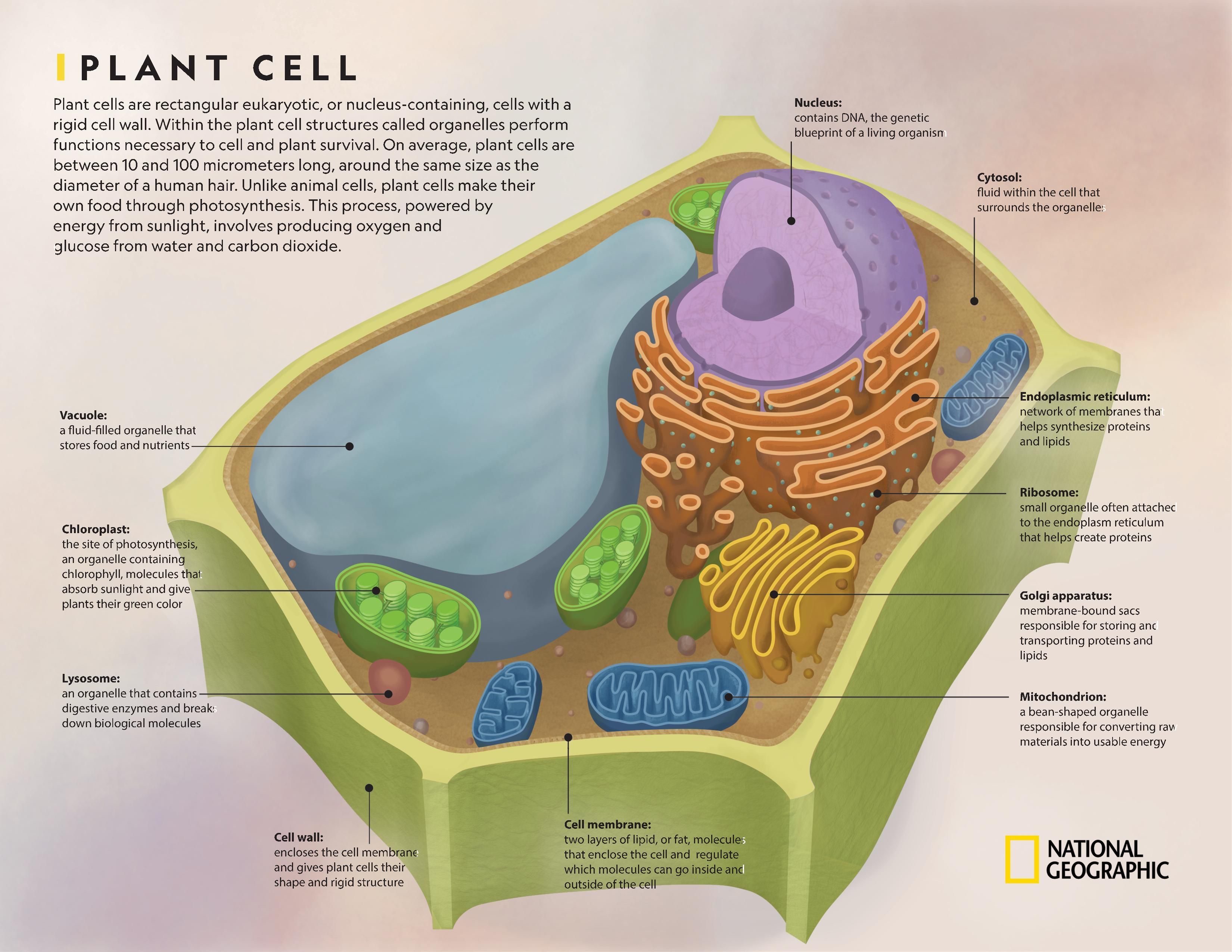Why Do Animals Not Have Chloroplasts

Animal cells do not have chloroplasts.
Why do animals not have chloroplasts. Why do plant cells have chloroplasts and cell walls. Animal cells dont have a dividing cell wall like plant cells do but both do have plasma membranes. Chloroplasts work to convert light energy of the Sun into sugars that can be used by cells.
However plant cells and animal cells do not look exactly the same or have all of the same organelles since they each have different needs. Then explain why the evidence supports your claim. In order to do photosynthesis a plant needs sunlight carbon dioxide CO2 and water Why Do Plant Cells Have Chloroplasts And Animal Cells Do Not - 217 Animal vs.
Animals do not need to get energy by photosynthesis as they can take in food directly so they do not need chloroplasts. Animal cells each have a centrosome and lysosomes whereas plant cells do not. Plant cells have a cell wall chloroplasts and other specialized plastids and a large central vacuole whereas animal cells do not.
Plant cells have chloroplasts but animal cells do not. Fundamentally its because animals are descended from unicellular eukaryotes that never acquired chloroplasts probably because the split between animals and plants occurred before the plant ancestors formed an endosymbiotic relationship with cyanobacteria. Plant Cells - YouTube.
Plant cells have a cell wall but animals cells do not. I believe the gist of it is that chloroplasts simply cannot create enough sugar from photosynthesis to significantly power the energy-intense needs of any but the simplest of animals. Chloroplasts enable plants to perform photosynthesis to make food.
These cells also have many chloroplasts in order to trap as much light as possible. Why do plant cells have chloroplasts and animal cells do not. Consider that plants maximize their surface area to the extent possible for a living organism and still only have enough energy to grow and reproduce - movement is essentially impossible.

















